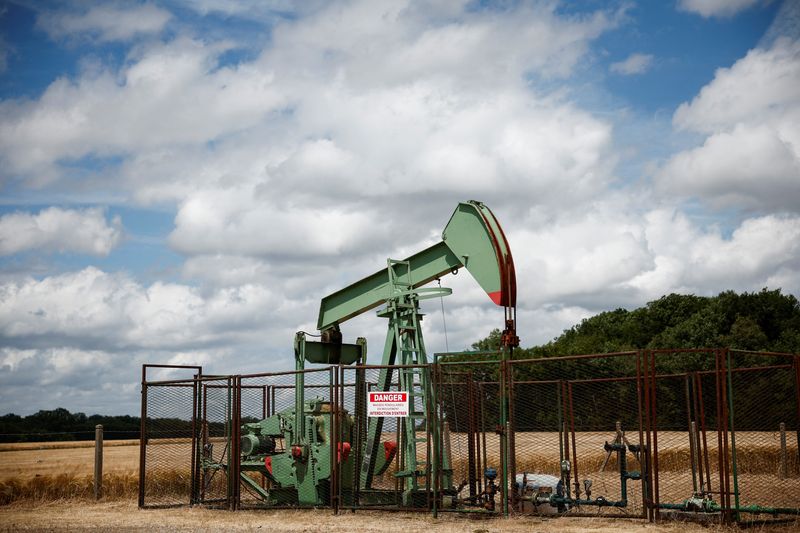By Erwin Seba
HOUSTON (Reuters) -Oil prices fell more than 2% on Monday after China’s latest stimulus plan disappointed investors looking for demand growth from the world’s second-largest oil consumer, while supply looked set to rise in 2025.
futures settled at $71.83 a barrel, down $2.04, or 2.76%. U.S. West Texas Intermediate crude futures ended at $68.04 a barrel, down $2.34, or 3.32%.
Both benchmarks fell more than 2% on Friday.
Donald Trump’s US election victory could continue to impact the market, says Phil Flynn, senior analyst at Price Futures Group.
“The election with Trump’s promise to ‘drill, baby, drill’ has removed the incentive to go long,” Flynn said.
The , a measure of its value against a basket of foreign currencies, slightly surpassed highs seen just after last week’s US presidential election, as markets continue to wait for clarity on future US policy.
A stronger dollar makes commodities denominated in the U.S. currency, such as oil, more expensive for holders of other currencies and tends to depress prices.
In China, consumer prices rose at the slowest pace in four months in October as producer price deflation deepened, data showed on Saturday, even as Beijing doubled down on stimulus measures to support the sputtering economy.
“China’s inflation data was again weak, with the market fearing deflation, especially as the annual change in the producer price index moved further into negative territory… China’s economic momentum remains negative,” said Achilleas Georgolopoulos, market analyst at brokerage XM.
Bank of America Securities said in a note on Monday that non-OPEC oil supply is expected to grow by 1.4 million barrels per day (bpd) in 2025 and 900,000 bpd in 2026.
“Meaningful non-OPEC growth next year and an unconvincing Chinese stimulus package likely mean inventories will rise even without OPEC+ increases,” Bank of America said.

In late September, OPEC+ said it would increase supply by 180,000 barrels per day in December, but earlier this month an agreement was reached among member states and allies to delay the supply expansion until January.
The U.S. offshore production regulator said 25.7% of production and 13% of output remain closed due to Hurricane Rafael, which broke up on Monday and was just a remnant storm in the central Gulf of Mexico.


